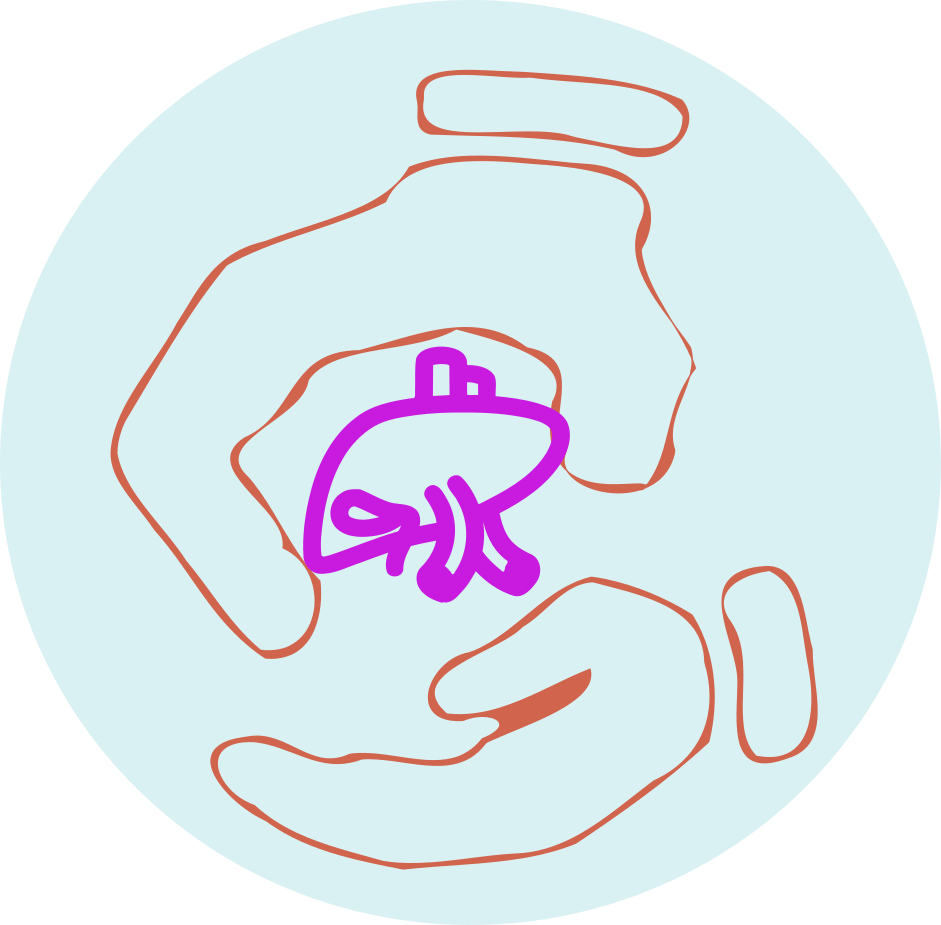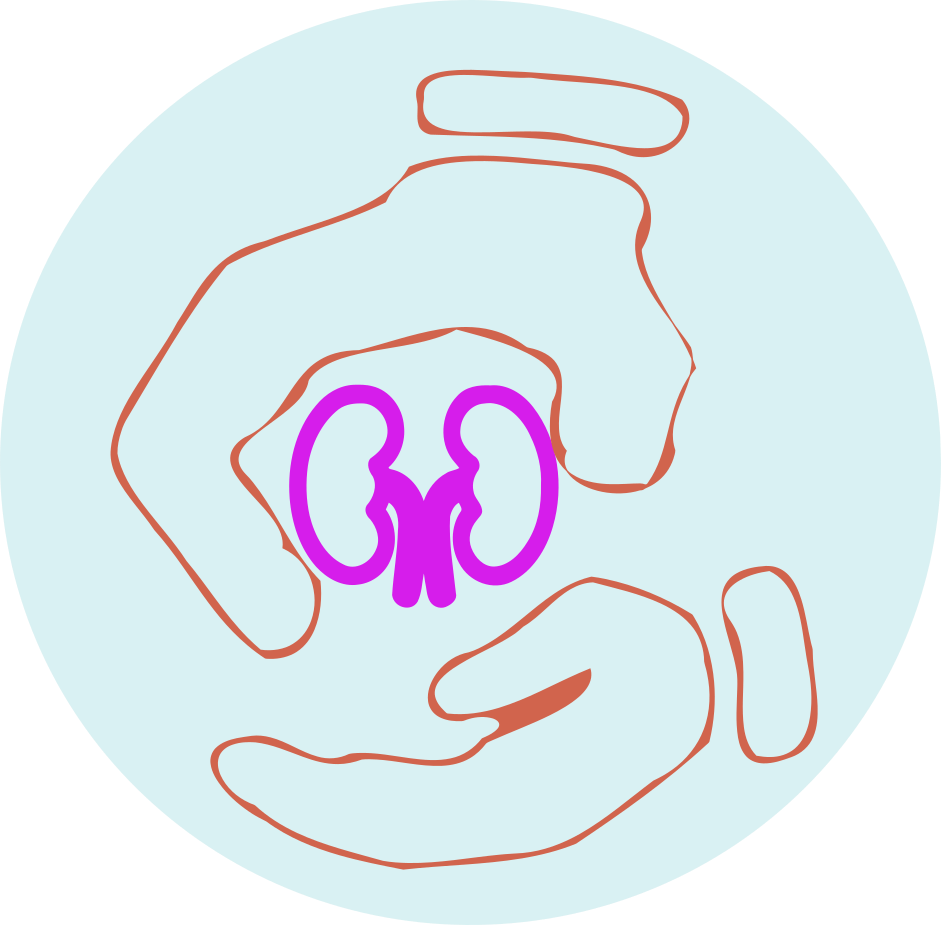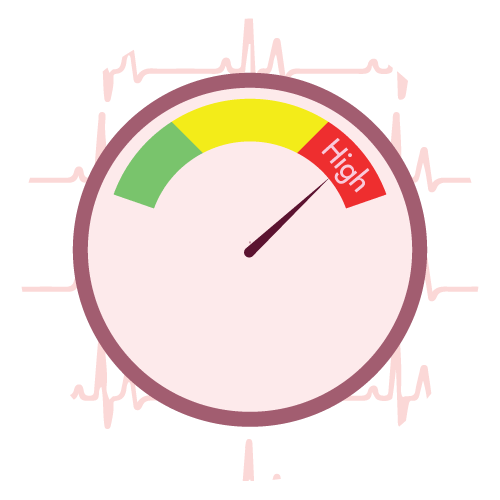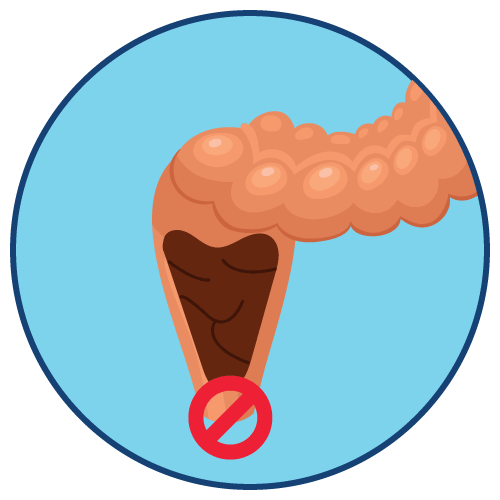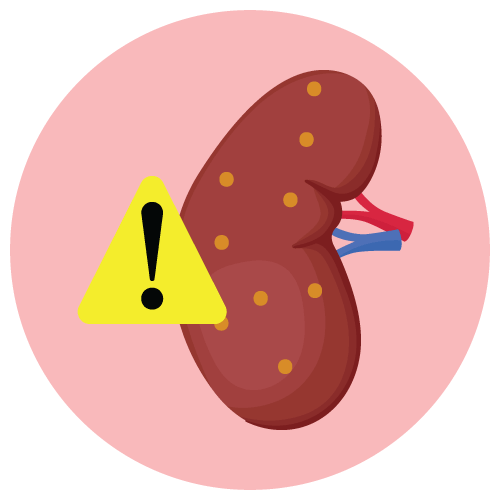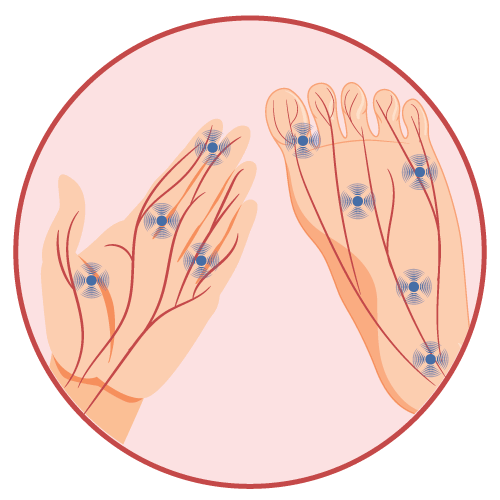| Name | Tacrolimus |
| Classes |
Dermatological/Topical Agent Immunotherapeutic Agent |
| Diseases |
Immunological Disorder Organ Rejection |
Tacrolimus
Tacrolimus is an immune suppressant drug. Tacrolimus inhibits T-lymphocyte activation by binding to an intracellular protein, FKBP12. A complex of tacrolimus-FKBP-12, calcium, calmodulin, and calcineurin is then formed and the phosphatase activity of calcineurin inhibited. This effect may prevent the dephosphorylation and translocation of nuclear factor of activated T-cells (NF-AT), a nuclear component thought to initiate gene transcription for the formation of lymphokines (such as interleukin-2, gamma interferon). The net result is the inhibition of T-lymphocyte activation (i.e., immunosuppression).
Tacrolimus is a calcineurin-inhibitor immunosuppressant indicated for-
- Prophylaxis of organ rejection in patients receiving allogeneic liver, kidney or heart transplants
- Use concomitantly with adrenal corticosteroids; in kidney and heart transplant, use in conjunction with azathioprine or mycophenolate mofetil (MMF)
- Adult Kidney transplant
- In combination with azathioprine: 0.2 mg/kg/day
- In combination with MMF/IL-2 receptor antagonist: 0.1 mg/kg/day
- Liver Transplant
- Adult Liver transplant: 0.10-0.15 mg/kg/day
- Pediatric Liver transplant: 0.15-0.20 mg/kg/day
- Adult Heart transplant
- 0.075 mg/kg/day
Kidney Transplant: The most common adverse reactions ( ≥ 30%) were infection, tremor, hypertension, abnormal renal function, constipation, diarrhea, headache, abdominal pain, insomnia, nausea, hypomagnesemia, urinary tract infection, hypophosphatemia, peripheral edema, asthenia, pain, hyperlipidemia, hyperkalemia, anemia.
Liver Transplant: The most common adverse reactions (≥ 40%) were tremor, headache, diarrhea, hypertension, nausea, abnormal renal function, abdominal pain, insomnia, paresthesia, anemia, pain, fever, asthenia, hyperkalemia, hypomagnesemia, and hyperglycemia.
Heart Transplant: The most common adverse reactions ( ≥ 15%) were abnormal renal function, hypertension, diabetes mellitus, CMV infection, tremor, hyperglycemia, leukopenia, infection, anemia, bronchitis, pericardial effusion, urinary tract infection and hyperlipemia.
- Lymphoma and Other Malignancies: The intensity and duration of use appear to be related to the risk of lymphomas, including post-transplant lymphoproliferative disorder (PLTD). Avoid prolonged UV and sunlight exposure.
- Serious infections: Combination immunosuppression increases the risk of bacterial, viral, fungal, and protozoal infections, including opportunistic infections: use with caution.
- Polyoma Virus Infections: Consider reducing immunosuppression if you have polyoma virus-associated nephropathy (PVAN), which is mostly caused by BK virus, or JC virus-associated progressive multifocal leukoencephalopathy (PML).
- Cytomegalovirus (CMV) Infections: Consider reducing immunosuppression if you have an increased risk of CMV viremia and disease.
- Hyperkalemia: Monitor for neurologic abnormalities and reduce or discontinue Tacrolimus and other immunosuppressants if there is a risk of Posterior Reversible Encephalopathy Syndrome.
- Hypertension: May require antihypertensive therapy. Monitor relevant drug-drug interactions.
Contraindication
Contraindicated in patients with hypersensitivity to tacrolimus.
None known.
None known.
 Bangla
Bangla English
English